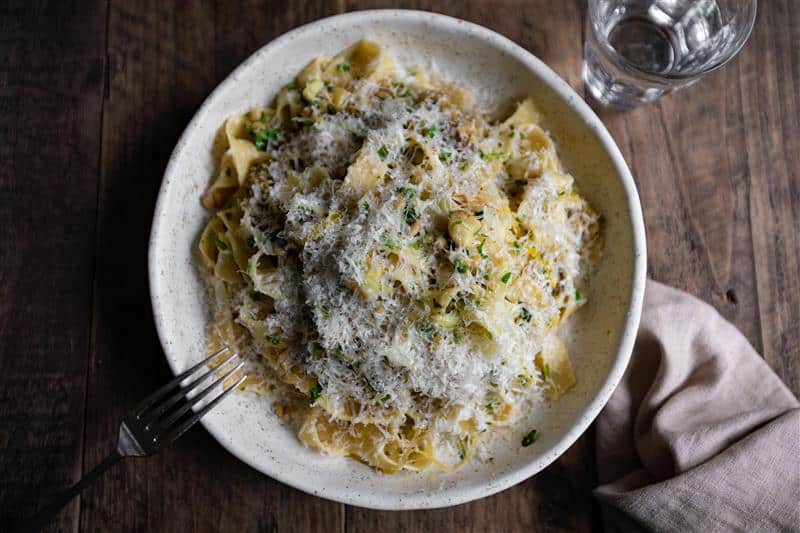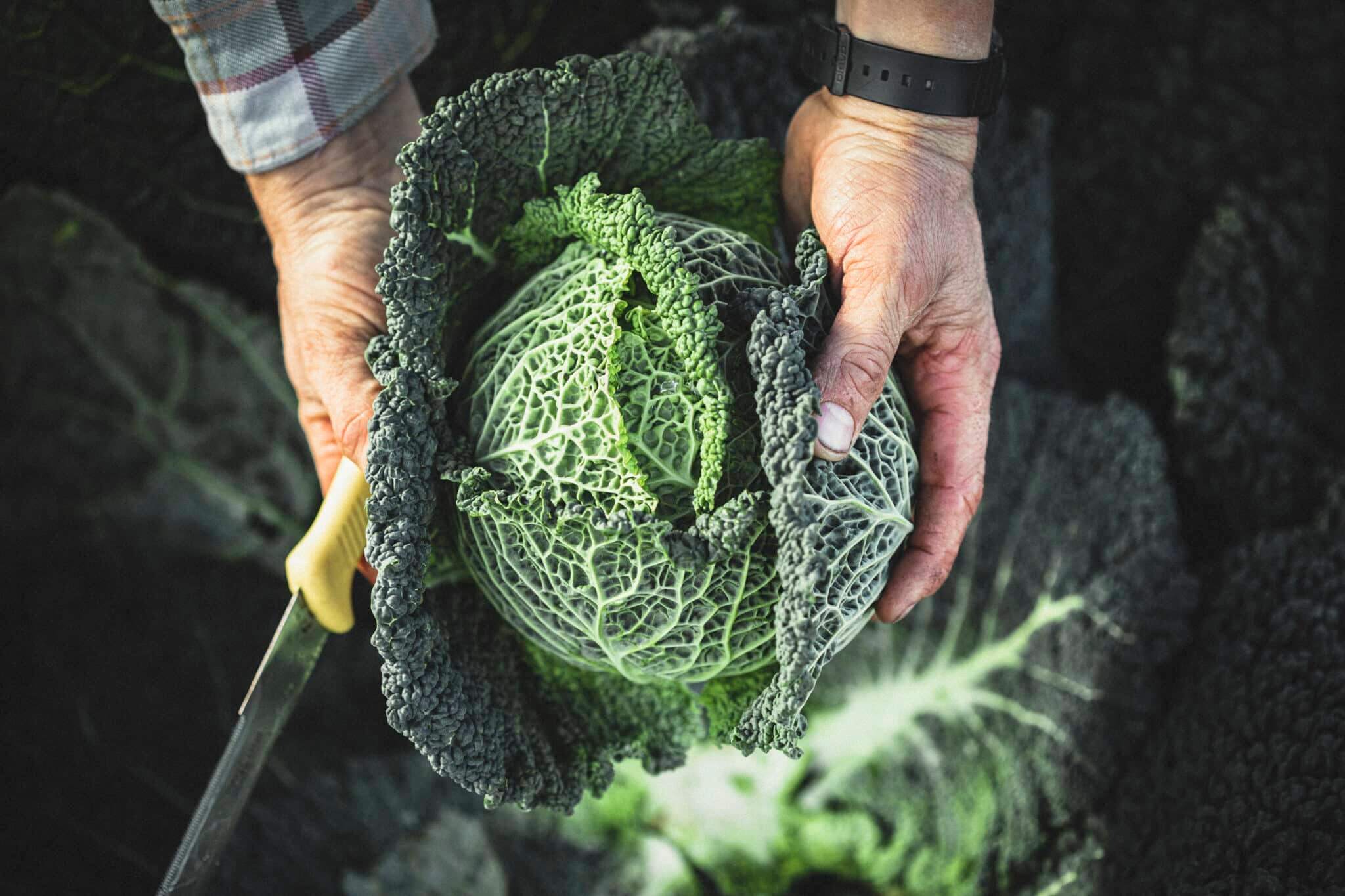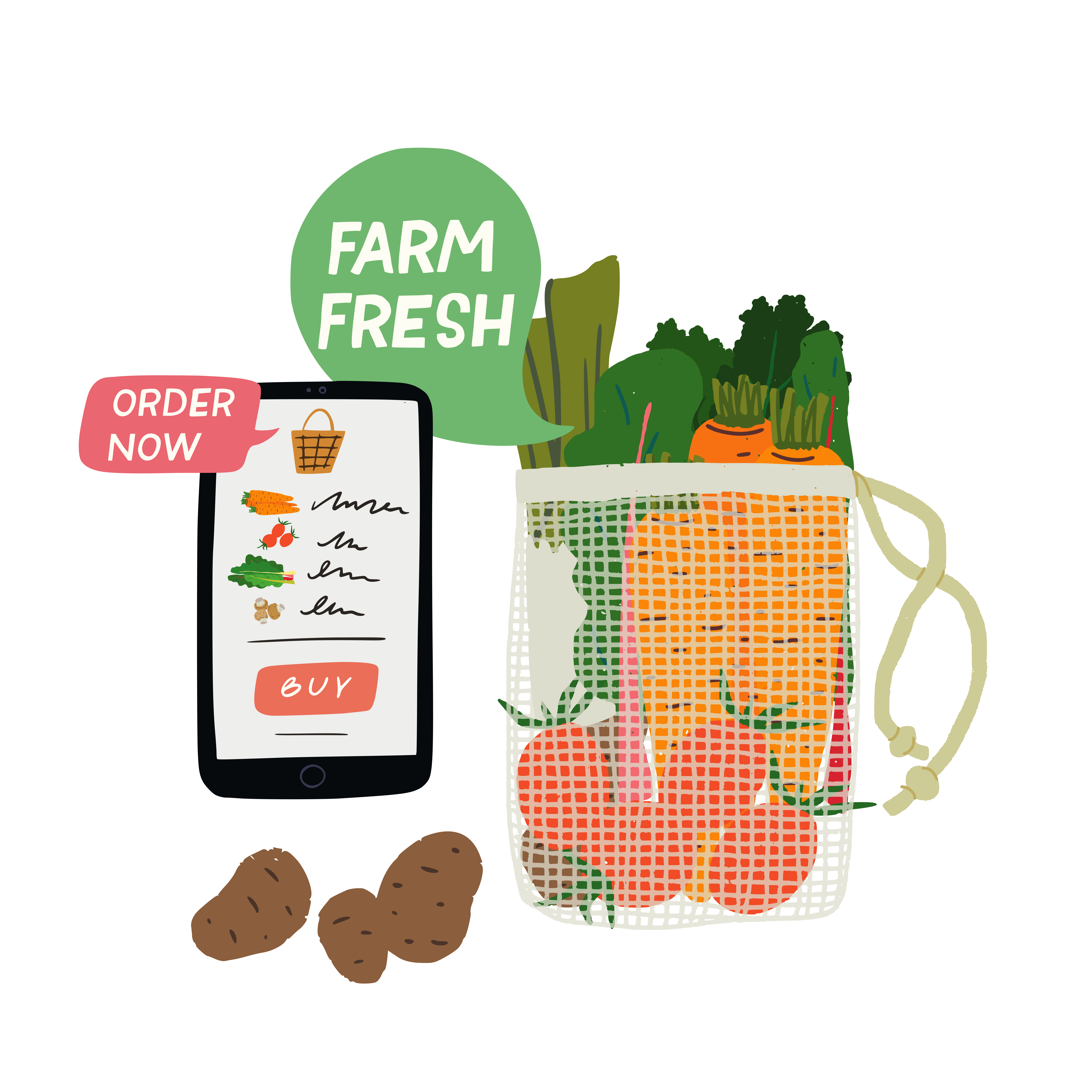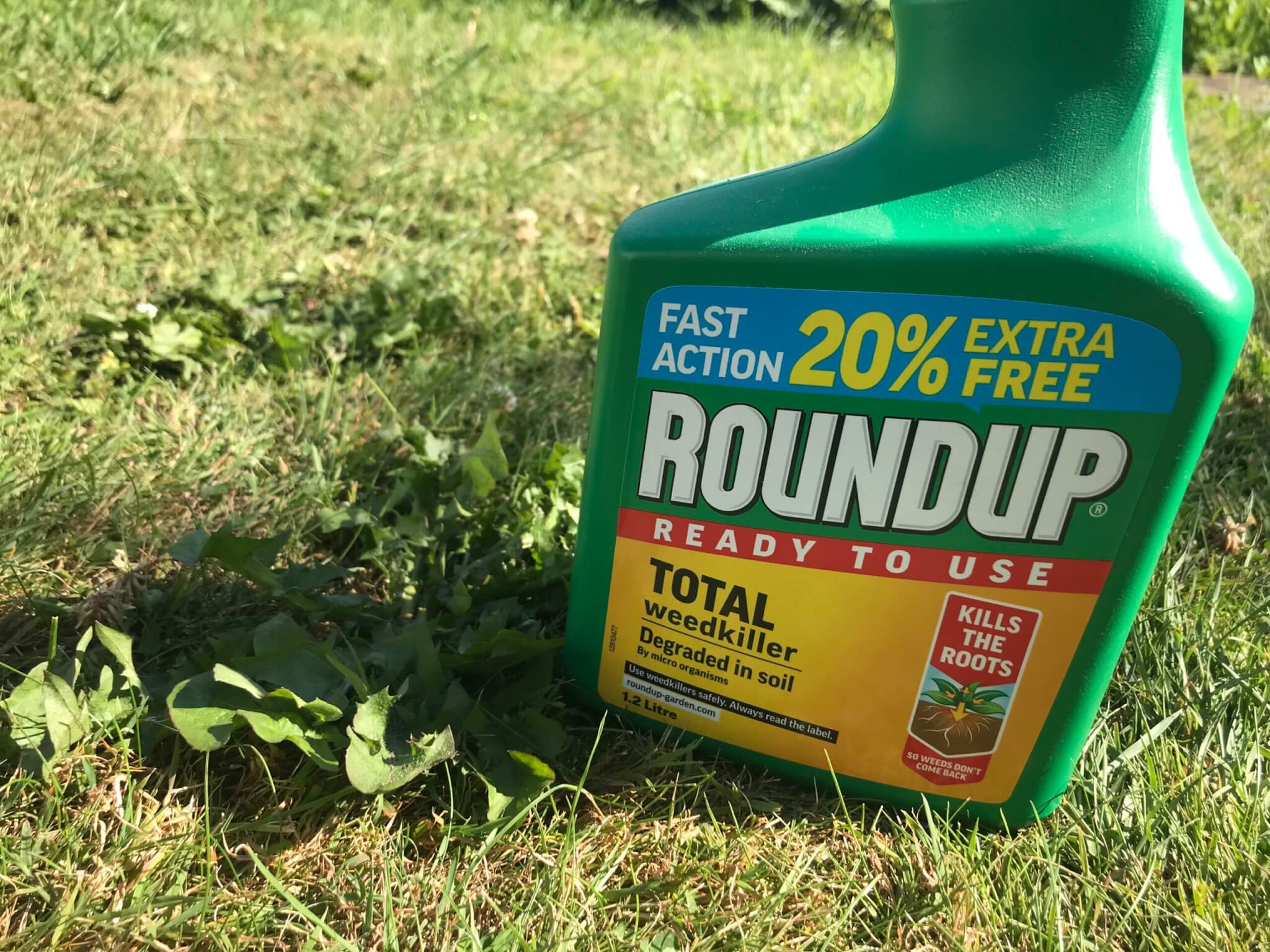A stalwart of the winter larder, a slow-grown leek is one of the subtle stars of the new year.
They weather the harsher months well; frost hardy and standing stout against the gales and downpours. A welcome flash of green at a time that seems dominated by heavy roots and tubers. Enjoy them in abundance before the coming spring entices them to bolt into flower.
They sit in the allium family, alongside onions, shallots and garlic, but are set apart by a sweeter and less pungent character. They can replace onions in most dishes for a milder flavour but are worth recognising and celebrating in their own right. Think beyond leek and potato soup – here are few tips to help you love your leeks.
Use it all

Buy your leeks loose and with a generous amount of green flag-leaf still attached. Unless a recipe specifically calls for you to just use the white part, the whole leek is useable, apart from the tasselled root end. Always wash them well as the funnel-shaped leaves love to trap mud and grit; split them in half lengthways and rinse them under a running tap with the leaves pointing down.
The tougher green leaves may need an 8–10 min head start, so prep the dark tops and lighter body separately. Tucked inside the leaves is a small, pale piece that we affectionately refer to as the ‘niblet’ – it is as tender as the pale body, so can get sliced and added at the same time as that. Try leeks with white beans on toast as a simple lunch. Find the full recipe here.
Slow and gentle
As with all alliums, the application of time and heat will transform any harshness into something meltingly soft, sweet and unctuous – perfect comfort food. With leeks this process takes less time but still relies on a gentle heat to bring out the best. Slowly frying in oil is fine but adding butter is a marriage made in heaven, stir frequently and allow only the lightest of colour. Alternatively, you can braise them in a liquid such as stock or wine until they can literally be shredded with a fork. Throw some herbs or aromatics and you can really build flavour. Try braised leeks with fettuccine to see what some slow cooking can achieve. For the full recipe, click here.
Griddle or grill?

In general, a burnt leek is a bitter leek, and would definitely make a soup, stew or sauce unpalatable if it was allowed to catch in the pan. However, you can use a fierce and direct heat to add a rich smoky depth if you get the method right. The most straight forward, and beloved by restaurants in recent years, is to throw whole leeks under the grill or directly onto a griddle and cook them until the outsides are black and blistered and the whole thing is soft and tender to a knife tip.
The burnt outer layers are discarded, and the soft, sweet, smoky flesh can be consumed. Alternatively, you can boil or steam them until just tender, remove any waterlogged outer layers and then griddle them until attractively marked. This adds flavour and character and can be used warm or cold to make striking dishes such a delicious with griddled leeks and blue cheese. Find the full recipe here.













0 Comments